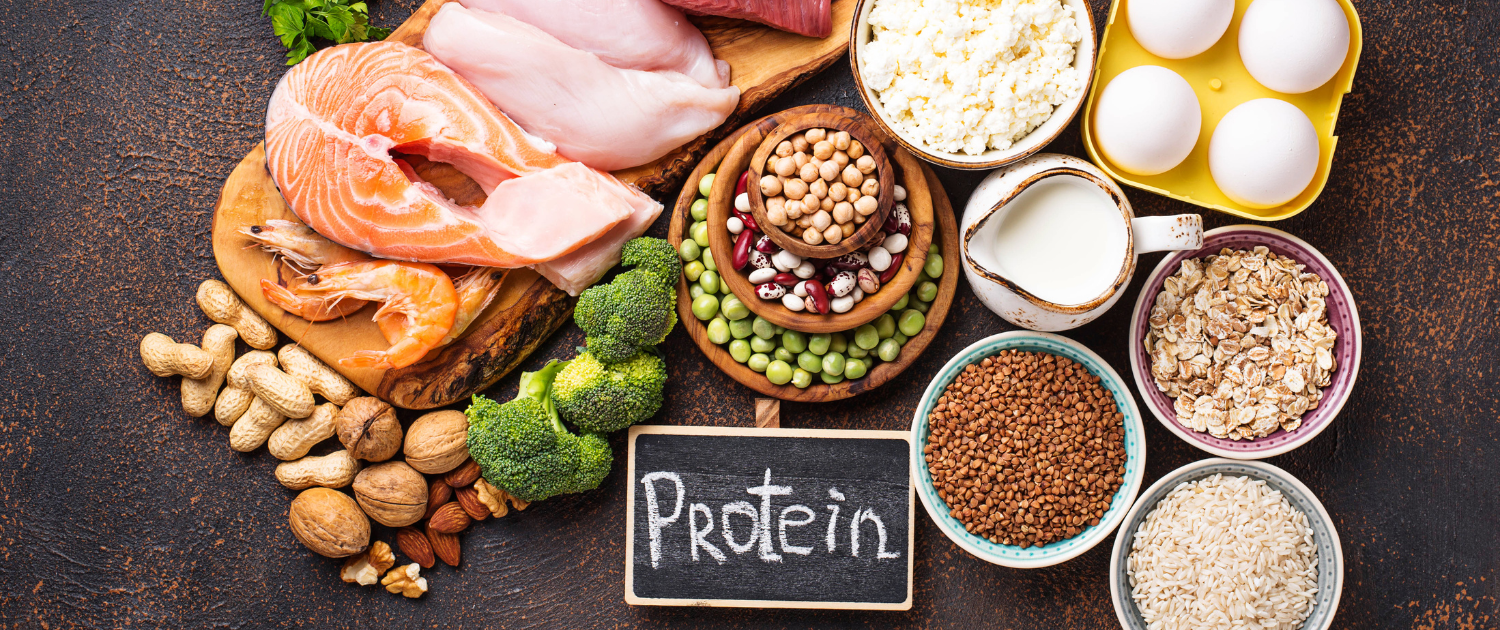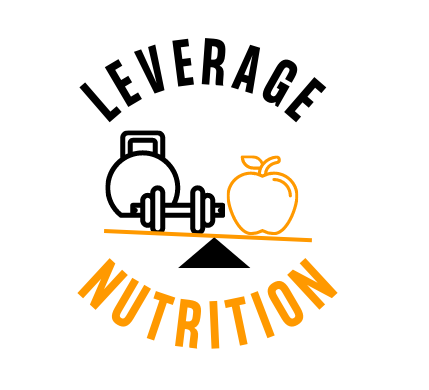
As a Registered Dietitian, I often get asked about the best ways to increase protein intake in one’s diet. Protein is an essential nutrient that is necessary for building and repairing tissues, making enzymes and hormones, and supporting immune function. Many people turn to protein supplements to meet their daily protein needs, but it’s important to know that you can get enough protein from whole foods as well. In this blog post, we will discuss some simple ways to increase your protein intake from food, not supplements.
What is Protein?
Protein is a macronutrient that is made up of amino acids. Amino acids are the building blocks of protein and are essential for many functions in the body. There are 20 different amino acids, and the body can make some of them, but others must be obtained through the diet. These are called essential amino acids.
Protein is found in many different types of foods, including meat, fish, poultry, dairy, eggs, legumes, nuts, and seeds. The amount of protein in these foods varies, so it’s important to choose a variety of protein sources to ensure you’re getting all the essential amino acids your body needs.
How Much Protein Do You Need?
The amount of protein you need depends on many factors, including your age, sex, weight, and activity level. The Recommended Dietary Allowance (RDA) for protein is 0.8 grams per kilogram of body weight per day. However, this is just the minimum amount needed to prevent deficiency. Many experts recommend higher protein intake for optimal health and weight management.
For example, athletes and people who are physically active may need more protein to support muscle growth and repair. Older adults may also need more protein to prevent muscle loss and maintain strength. If you’re not sure how much protein you need, consult with a Registered Dietitian who can help you determine the right amount for your individual needs.
How to Get More Protein From Food
Now that we’ve covered the basics of protein, let’s talk about how to get more of it from whole foods. Here are some simple ways to increase your protein intake:
Eat More Meat, Poultry, and Fish
Meat, poultry, and fish are some of the best sources of protein. These foods are high in protein and contain all the essential amino acids your body needs. For example, a 3-ounce serving of cooked chicken breast contains about 26 grams of protein, while a 3-ounce serving of cooked salmon contains about 22 grams of protein. Other high-protein animal foods include beef, pork, turkey, tuna, and eggs.
Choose Greek Yogurt or Cottage Cheese
Greek yogurt and cottage cheese are great sources of protein, and they’re versatile enough to be used in many different ways. For example, you can add Greek yogurt to smoothies or use it as a substitute for sour cream. A 6-ounce serving of Greek yogurt contains about 17 grams of protein, while a 1/2 cup serving of cottage cheese contains about 14 grams of protein.
Include Legumes in Your Diet
Legumes are a group of plants that includes beans, lentils, peas, and chickpeas. These foods are high in protein, fiber, and other important nutrients. They’re also a good source of complex carbohydrates, which provide sustained energy. For example, a 1/2 cup serving of cooked lentils contains about 9 grams of protein, while a 1/2 cup serving of cooked black beans contains about 8 grams of protein.
Snack on Nuts and Seeds
Nuts and seeds are a great source of protein, healthy fats, and other important nutrients. They’re also convenient and easy to snack on. For example, a 4 ounce serving of almonds contains about 6 grams of protein, while a 2 tablespoon serving of chia seeds contains about 4 grams of protein.
Incorporate Protein-Rich Vegetables
Many vegetables are surprisingly high in protein. Broccoli, spinach, Brussels sprouts, and asparagus are all good examples of protein-rich veggies. For example, a 1 cup serving of cooked spinach contains about 5 grams of protein, while a 1 cup serving of cooked Brussels sprouts contains about 4 grams of protein.
Make Protein Smoothies
Smoothies are a great way to pack in protein while also getting a variety of nutrients from fruits and veggies. You can add protein powder to your smoothies, but you can also use other high-protein ingredients like Greek yogurt, nut butter, and tofu. For example, a smoothie made with 1 cup of unsweetened almond milk, 1 scoop of vanilla protein powder, 1/2 banana, and 1 tablespoon of almond butter contains about 25 grams of protein.
Try Meat Substitutes
If you’re looking for plant-based protein sources, there are many meat substitutes available that are high in protein. For example, tempeh, tofu, and seitan are all good sources of protein. A 3-ounce serving of tempeh contains about 16 grams of protein, while a 3-ounce serving of firm tofu contains about 8 grams of protein.
Make High-Protein Snacks
Having high-protein snacks on hand can help you meet your daily protein needs. Some good options include hard-boiled eggs, turkey slices, beef jerky, and protein bars. Just make sure to choose snacks that are low in added sugars and other unhealthy ingredients.
Conclusion
Getting enough protein in your diet is important for overall health and wellbeing. While supplements can be a convenient way to boost your protein intake, it’s important to remember that whole foods are a great source of protein too. By incorporating protein-rich foods into your diet, you can meet your daily protein needs without relying on supplements. Remember to choose a variety of protein sources to ensure you’re getting all the essential amino acids your body needs. If you’re not sure how to incorporate more protein into your diet, consult with a Registered Dietitian who can help you develop a personalized nutrition plan.
